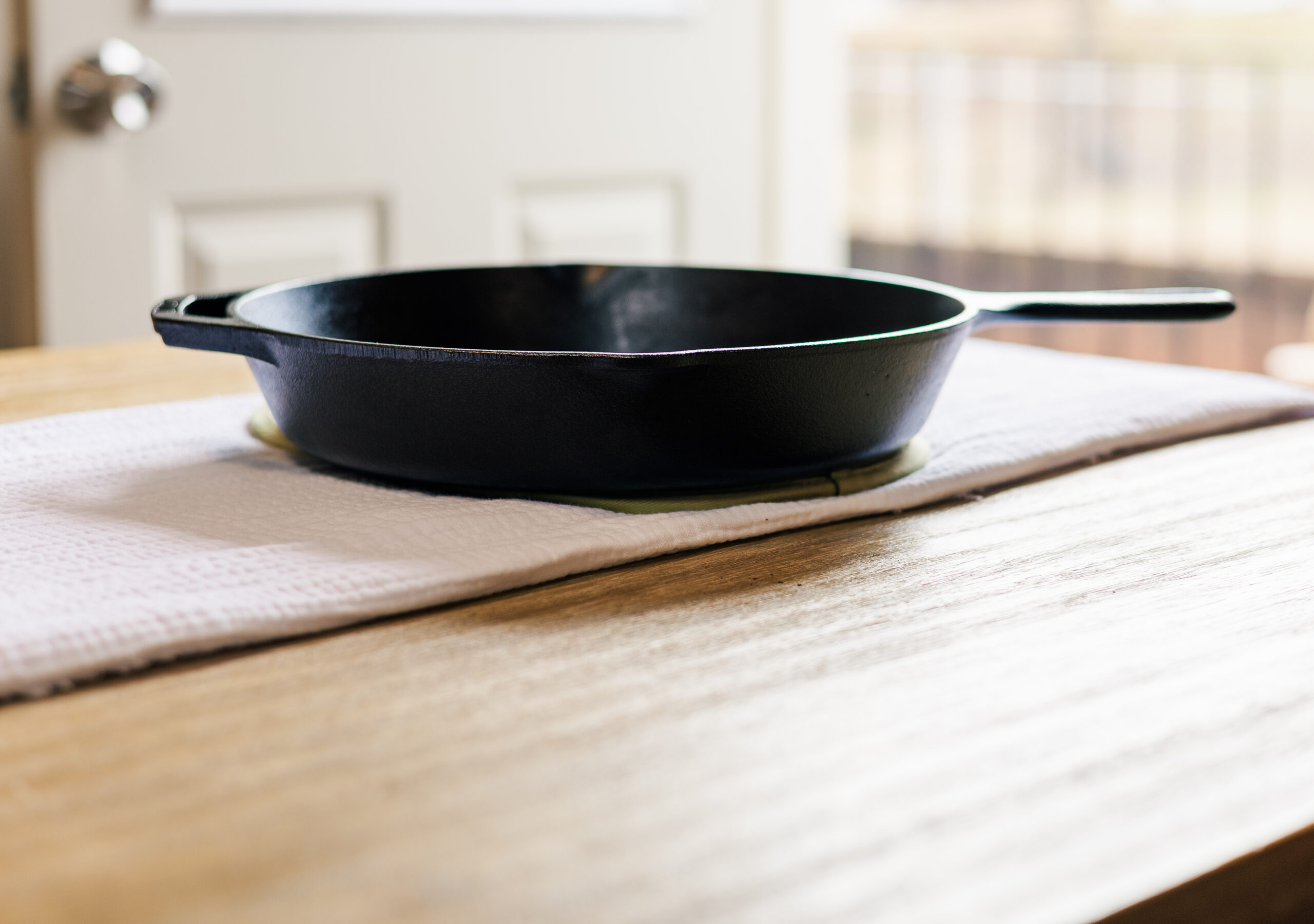Is it fair to say we would not be alive without Iron?
This mineral helps to make hemoglobin and myoglobin. Hemoglobin is responsible for delivering oxygen to all your body tissues, while myoglobin transports oxygen to the muscle tissues. Both do this by traveling to the heart. The heart pumps them to the lungs for reoxygenation, and then they return to the heart. Lastly, the heart propels them to the rest of the body to do their job.
When we have insufficient Iron levels, the body is so resilient that it will try to compensate for as long as it can, but symptoms will start to appear once it no longer can. These indications are usually mental and physical fatigue, commonly muscle fatigue, which makes sense because, without enough Iron, there is a decrease in myoglobin. Therefore, there is a reduction in oxygen to the muscle tissues.
Iron is also a part of our metabolic system. We absorb Iron through the duodenum, a section of the intestines. This is where Iron kickstarts enzymes to do their job, which is turning nutrients into energy your body can utilize. There are two types, Heme iron and Non-Heme iron. Heme Iron is in red meats; this type has better and easier absorption. Non-heme Iron is found in plant food sources and has to be converted to be utilized by our body, so it isn’t as easily absorbed. Iron is absorbed into the enterocytes, which are your GI tract cells.
God’s Design
Guys, God created our bodies so amazingly that they can identify if the iron levels are too high or too low, and it compensates to maintain homeostasis; how cool is that! A protein called Hepcidin regulates Iron by disposing of it to prevent Iron overload. Iron and Hepcidin have an opposite relationship, so when Hepcidin is high, Iron is low; when Iron is high, Hepcidin is low.
Once the GI tract absorbs Iron, it can be stored in ferritin or transported by a protein called Ferroportin. It can also be transported by another protein called transferrin, which is “transferring” it to the bone marrow to produce red blood cells through the process of erythropoiesis, which is a whole other blog post, haha. Iron is mainly stored in our hepatocytes, which are our liver cells.
Iron is not free-floating in our bloodstream because free Iron is toxic to our bodies. That is why we must store it in our tissues, a carrier protein, or our liver. This is where the Iron will stay until the body needs to utilize it elsewhere. The body then recycles it to wherever it needs to go next.
Pathogenic Bacteria
The reason for Iron storage is all part of God’s great design because foreign invaders like pathogenic bacteria thrive on Iron and replicate. If the body knows pathogenic bacteria exist, it will hide the Iron- so clever! But because we live in a fallen world, the pathogen can release cytotoxins that can damage the cell. Damage can cause the cell to lose its function. If the cell loses function, it will release Ferritin, and remember, ferritin binds to Iron. This would then make Iron available for the bacteria to snatch.
Similarly, hemolytic toxins can damage erythrocytes, causing them to release hemoglobin. Hemoglobin stores 70% of the body’s Iron. The good news is our body has a built-in defense mechanism called the immune system – thank you, God!
Lord, every time I think about how the body works, I am in awe of you. It just blows my mind. Thank you for how you created us. There is a symphony of reactions happening without us even realizing it. How amazing it is that you are putting all these physiological processes into motion. Thank you for sustaining us. May we take that to heart today. To you all praise, Lord! Amen.
“If there is any excellence, if there is anything worthy of praise, Think about these things.” (Philippians 4:8, ESV).
SOURCES
Montalvo, A. (2023, April 17). Are you menstrual?: Iron deep dive part 1 on Apple Podcasts. Apple Podcasts. https://podcasts.apple.com/us/podcast/iron-deep-dive-part-1/id1568547321?i=1000609269831

